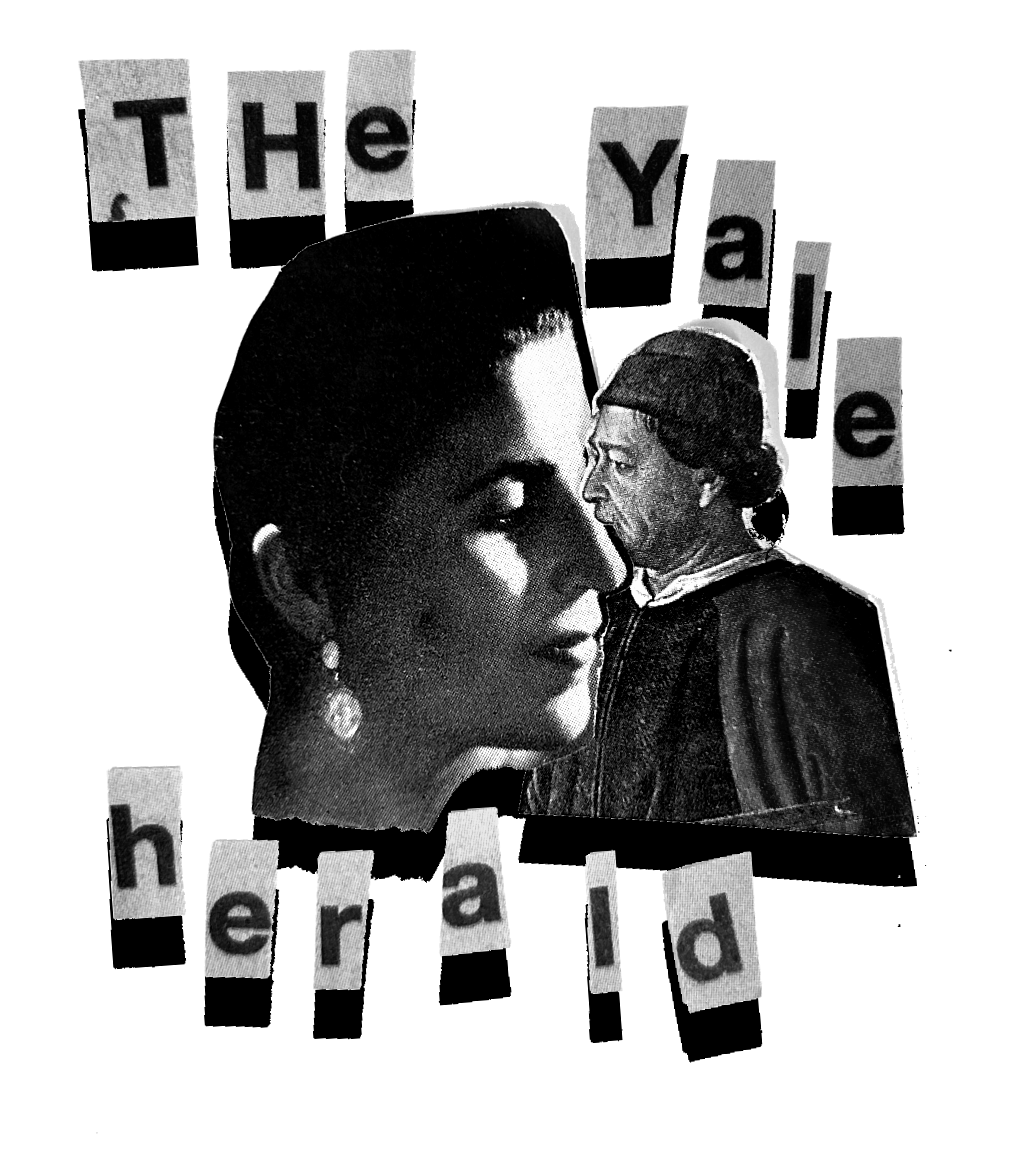There are 28 songs on my favorite playlist. I know their order, I can sing all of their lyrics, and I hate skipping over tracks in the queue. Still, the playlists on my phone resemble a musical graveyard more than they do a carefully curated collection of songs. They’re usually not more than a couple of tracks long, they’re named “fav” or “rn” for lack of inspiration, and after my enthusiasm for them fades, they settle into the alphabetic sorting of my playlist tab, unused.
I have friends who make extremely good playlists—for every month, every feeling, every holiday. Their playlist covers feature washed-out pictures of cigarettes and grungy black-and-white shots of dusty books. It’s obsessive, and the hyper-specificity is intense, but it impresses me how some people are so committed to fine-tuning their music. Even I, a playlist-butcherer of sorts, skip songs on my “for you” mix incessantly until I find the one that fits perfectly. We all buy into the playlist aesthetic in different ways. And what an aesthetic that is.
Playlists have always been a go-to for a dose of personal musical escapism. They’re constructed versions of our emotions. We make deliberate choices about which songs we want to include, and we have authority over our feelings and our music. That makes playlists raw, but it also gives them a sense of selective reality. Through our compartmentalization, playlists let us isolate certain feelings, certain moments, and certain people—we can hyperfocus on them and let everything else become obsolete. I understand why there’s such an appeal.
While playlists are not a new invention, their social status has changed over time. In the ‘80s, our parents listened to mixtapes burned onto cassettes or CDs and labeled with dark ink. Then came the ‘90s, with Walkmans, Discmans, and MP3 Players, followed by iPods in the 2000s and finally Spotify, Napster, Apple Music, and Deezer—all conducive to creating and saving playlists. Pre-internet, playlists were mostly private, perhaps shared with friends occasionally, but not projected on as big a scale as streaming apps let us nowadays.
Playlists today have morphed into a social identity of sorts: pre-packaged snippets of personality filled with guitar riffs and vocal runs. Our private playlists still exist, downloaded or hidden under the “private” setting, but the public ones are the ones we choose to project. They’re personalized to an extent, yes, but perhaps the public sphere of music has taken away some of the authenticity of our own music tastes, hacking away at the musical discrepancies in our song preferences until they fit a certain vibe or aesthetic.
The key word here is “perhaps.” Perhaps some of us might buy into the playlist aesthetic a little bit, but our music tastes are still personal, and the songs on our playlists still mean something to us. Even if we gloss over our music tastes occasionally, the beauty of playlists—especially the public ones—lies in the fact that they can be shared: with our loved ones, our friends, and with other users on streaming platforms that might feel connected to our music.
Long story short: I need to get better at making playlists.




